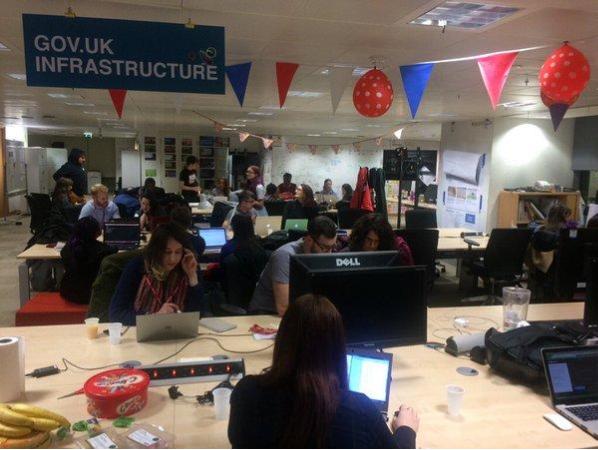

Get your employees involved.Ĭreating a paperless office is not a one-person job. Key takeaway: Don’t try to change everything all at once give your team time to adapt to your paperless processes. Aim for an 80% or 90% reduction instead.”Īlthough the transition will take time, and you may not entirely meet your goal, make continual efforts to introduce employees to digital alternatives, weaning them off paper as much as possible. “People still need to print some things, like a keyboard shortcut cheat sheet or a seating plan so they can remember who sits where. “Bear in mind, it’s unfeasible to expect that your company will completely stop using paper,” Johns said. You may need to have some paperless systems work in tandem with your old systems during the adjustment period.įor example, Samuel Johns, office manager and HR specialist at Resume Genius, suggested reducing the amount of paper each employee can print by using a print credit system until it reaches zero. The slow merger will allow you to implement new procedures properly and give your employees time to adjust. The transition to a paperless office will take time. Key takeaway: A paperless office is not only environmentally friendly but also more efficient, reducing costs and streamlining workflows. While digital filing systems aren’t perfectly carbon-neutral, paperless offices have much smaller carbon footprints. Paper takes a toll on the environment by contributing to greenhouse gas production and deforestation, and inks and toners are often made from nonrenewable resources. It produces less waste.įinally, a paperless office produces far less waste than paper-bound workplaces. Either way, a digital file system usually takes up less space than a paper archive. However, a server can be as large or small as you need, taking up an entire room or a space the size of a computer tower. If your business manages your digital files on an on-premises server, you will still need to dedicate some space to your office documents. Filing cabinets, printers, shredders and bookshelves all take up significant space, and your employees constantly have to determine what papers they need to hang on to and which ones they can toss. The time your employees will save with a paperless office will allow them to focus on mission-critical tasks, instead of digging through filing cabinets for documents that may not be there. When you use only digital documents, you can create, share, organize and search for documents with the push of a button. In paper-based workplaces, teams spend a lot of time organizing, filing, and searching for documents, and there’s a lot of room for human error. The first and most immediate benefit you will find when you go paperless is how much time your business saves. Your business can achieve several key benefits by transitioning to a paperless office. What are the benefits of a paperless office? Key takeaway: A paperless office is one that replaces physical paper documents with digital versions. In recent years, going paperless has become easier than ever, and the benefits of ditching paper continue to grow. The paperless office has been a concept since personal computers became ubiquitous in the 1980s and ’90s. Rather than storing reams of paper documents in file cabinets, businesses can digitize those documents and store them on computers and in the cloud. What is considered a paperless office?Īs the name suggests, a paperless or paper-free office is a workplace that minimizes the use of physical paper in favor of digital documents. You can set these goals by identifying the paper processes you still use and the heavy paper users in your company. Smart goals increase your chances of a successful transition. Start by defining what “paperless” means to your business and creating realistic, achievable goals. Reducing your paper documents requires planning. Although it takes time and resources to transition your office, the benefits of going paperless far outweigh the cons.
#MY DIGITAL OFFICE SOFTWARE#
This article is for business owners and managers who want to reduce the physical paperwork their company uses, manages, and stores.Ĭreating a paperless office has become a highly achievable goal thanks to the abundance of mobile applications, online software and digital storage platforms.



 0 kommentar(er)
0 kommentar(er)
